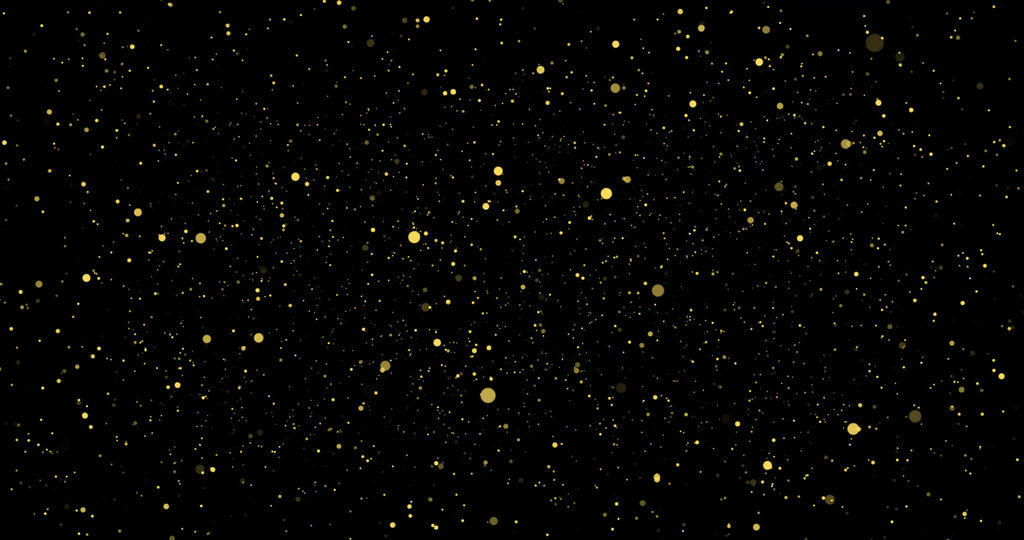There are a handful of ways to make an animation repeat itself infinitely within Adobe After Effects, but arguably the simplest and most universally effective of them is the Loop Expression. Let’s take a look at how to apply it.
- After Effects Expression Examples
- Floating Expression After Effects Projects
- Floating Expression After Effects Book
- Floating Expression After Effects Template

Step 1: The Expression
The LoopExpression has a simple structure, with two variations: Cycle and PingPong.
I have a circle that is floating on the Y axis using the Wiggle expression. I have a square which is linked to follow the circle. I want to get the square to stretch as the circle goes up and squish as the circle goes down based on the wiggle expression. Round mask/shape layer corners with a click! Vertex Tool applies rounding algorithms to a shape by placing two (in some cases more) new vertices in place of original one at selected corner, based on a specified line length. There are 12 corner rounding algorithms to choose from.
Cycle (Default):
Zombie for mac. LoopOut(“Cycle”);
This expression will create a standard infinite loop from the start to end of an animation, as indicated by “Cycle.” The red ghost keyframes are shown to indicate what this animation would look like done manually.
Cycle Modeis the default Loop mode, so you can actually achieve the same effect with:
LoopOut();
PingPong:
LoopOut(“PingPong”);
The PingPong variation of the Loop expression will create an infinite loop, only instead of cycling the animation over and over, it will animate forward, then in reverse, then forward again, and so on.
Step 2: Application
Applying to a Property:
After Effects Expression Examples
The LoopExpression is applied to the expression feature of a layer’s property. For instance, if you wanted a layer to grow and shrink infinitely, you would keyframe a layer’s scale property appropriately, then apply the LoopExpression to it by alt-clickingthe keyframe button.
Applying to Entire Layer:

If you would like to loop a layer in its entirety, even imported footage, you can do so by applying the LoopExpression of your choosing to the Time Remapping feature of the layer. Simply right-click the desired layer, select EnableTimeRemapping, then apply the loop expression to the layer.
If this generates a blank frame at the loop point of your layer (a common problem), you can fix it fairly easily; Create a new keyframe at the last frame of your layer, one frame prior to the keyframe that Time Remapping created. Copy your new keyframe and paste it over the keyframe that TimeRemapping created, so that there are two of the same keyframe ending the layer’s Time Remapping.
If you want to make the LoopExpression even more convenient, you can try The LoopMaker, a free script by Lloyd Alvarez that allows you to apply custom loops to multiple layers simultaneously with just a few clicks.
Say goodbye to copying and pasting keyframes, and say hello to the time you’ll save with the Loop Expression!
Floating Expression After Effects Projects
What unique ways have you used the Loop Expression? Let us know in the comments below.

Sign In
Register
- Access to orders in your account history
- Ability to add projects to a Favorites list
- Fast checkout with saved credit cards
- Personalized order invoices
Floating Expression After Effects Book

Floating Expression After Effects Template
Create Account
